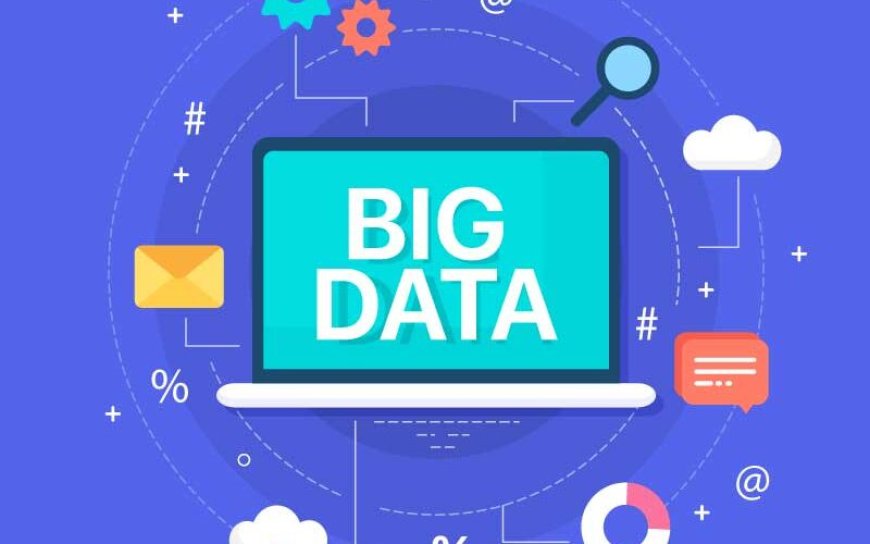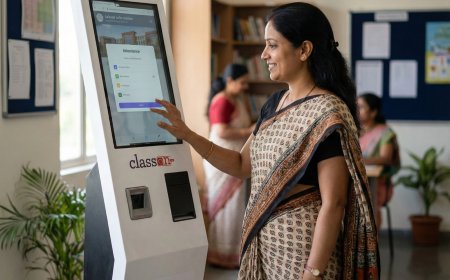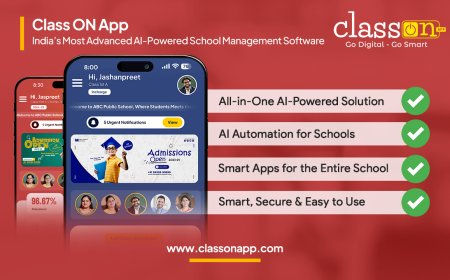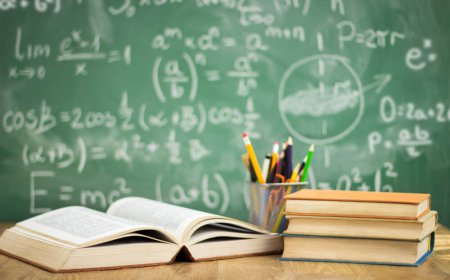How Big Data is Changing Education for the Better
Big Data in education enhances personalized learning, predicts student performance, improves teaching methods, and boosts engagement for smarter, data-driven learning experiences.

Big Data and learning analytics are transforming the education sector in ways never seen before. Schools, colleges, and online learning platforms are leveraging data-driven insights to improve teaching methods, personalize learning experiences, and boost student outcomes. The education system is no longer just about textbooks and classrooms; it now includes smart technology that collects, analyzes, and applies data for better decision-making. In this article, we explore the various ways in which Big Data is shaping modern education.
1. Understanding Big Data in Education
Big Data in education refers to the vast amount of information collected from students, teachers, and institutions. This data includes attendance records, test scores, learning behaviors, and even feedback from digital platforms. By analyzing this data, educators can gain insights into student performance, learning gaps, and areas that need improvement.
2. Personalized Learning for Every Student
One of the biggest advantages of Big Data is the ability to offer personalized learning. By analyzing a student's strengths, weaknesses, and learning styles, teachers and AI-driven platforms can provide customized lesson plans. This helps students grasp concepts at their own pace and improves retention.
3. Predicting Student Performance
Big Data allows educators to predict student outcomes based on past performance and behavioral patterns. Schools and universities can use predictive analytics to identify students who may be at risk of failing and intervene early. This helps in providing additional support and ensuring better academic success rates.
4. Improving Teaching Methods
Teachers can use learning analytics to refine their teaching strategies. By understanding which teaching methods are most effective for different groups of students, they can adjust their lessons accordingly. This ensures that the quality of education keeps improving with time.
5. Enhancing Online Learning Platforms
E-learning platforms use Big Data to track student progress and engagement levels. This data helps in refining course materials, improving user experience, and increasing student participation. Adaptive learning technology can also suggest additional resources to students based on their learning patterns.
6. Efficient Administrative Decision-Making
Educational institutions use Big Data for better management. From resource allocation to budgeting, schools and universities can analyze data to make informed decisions. This helps in reducing unnecessary costs, optimizing staff performance, and improving the overall efficiency of operations.
7. Identifying Learning Trends and Challenges
Big Data helps in recognizing emerging trends in education. Schools can track the effectiveness of new teaching techniques and identify common challenges students face. This allows for quicker adaptation to new teaching methods and policies that improve learning outcomes.
8. Boosting Student Engagement
Data analytics helps in understanding what keeps students engaged in learning. By studying student interactions with course materials, educators can modify content delivery to make lessons more interactive and interesting. Gamification, AI-driven quizzes, and multimedia learning are some ways in which data enhances engagement.
9. Reducing Dropout Rates
One of the biggest challenges in education is student dropouts. Learning analytics can detect early warning signs by analyzing attendance, participation, and academic performance. Schools can then take preventive measures like counseling and mentorship programs to keep students on track.
10. Future of Big Data in Education
The future of Big Data in education looks promising. With advancements in AI and machine learning, data-driven education will become even more efficient. Schools and universities will continue to refine their teaching methods, improve accessibility, and create a more student-centric learning experience.
Conclusion
Big Data and learning analytics are revolutionizing education by making it more personalized, efficient, and result-oriented. From predicting student performance to reducing dropout rates, data-driven insights are reshaping the way we teach and learn. As technology continues to advance, the role of Big Data in education will only grow, making learning smarter and more accessible for all.




























